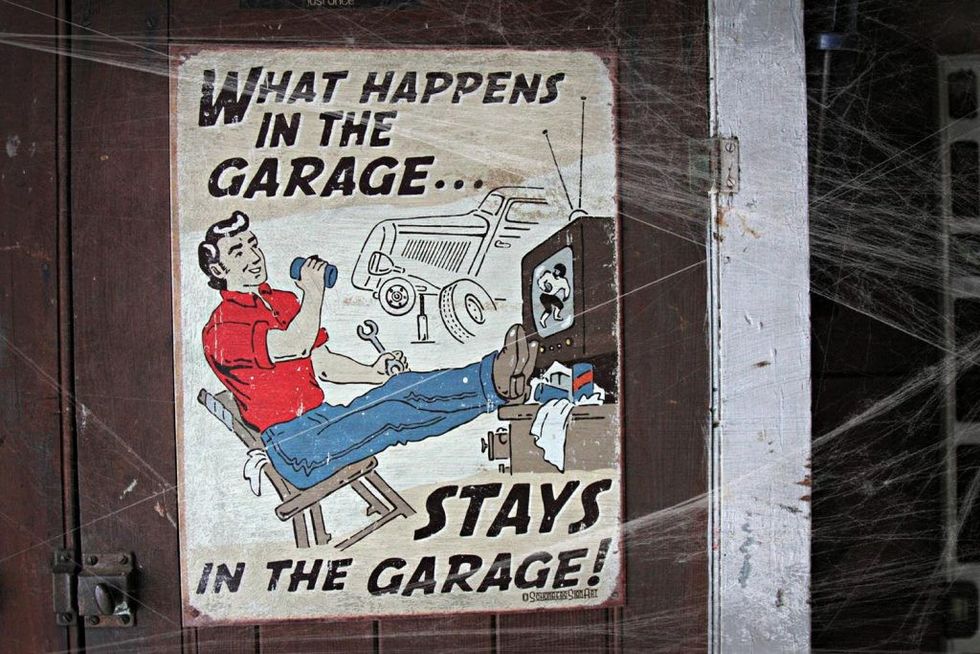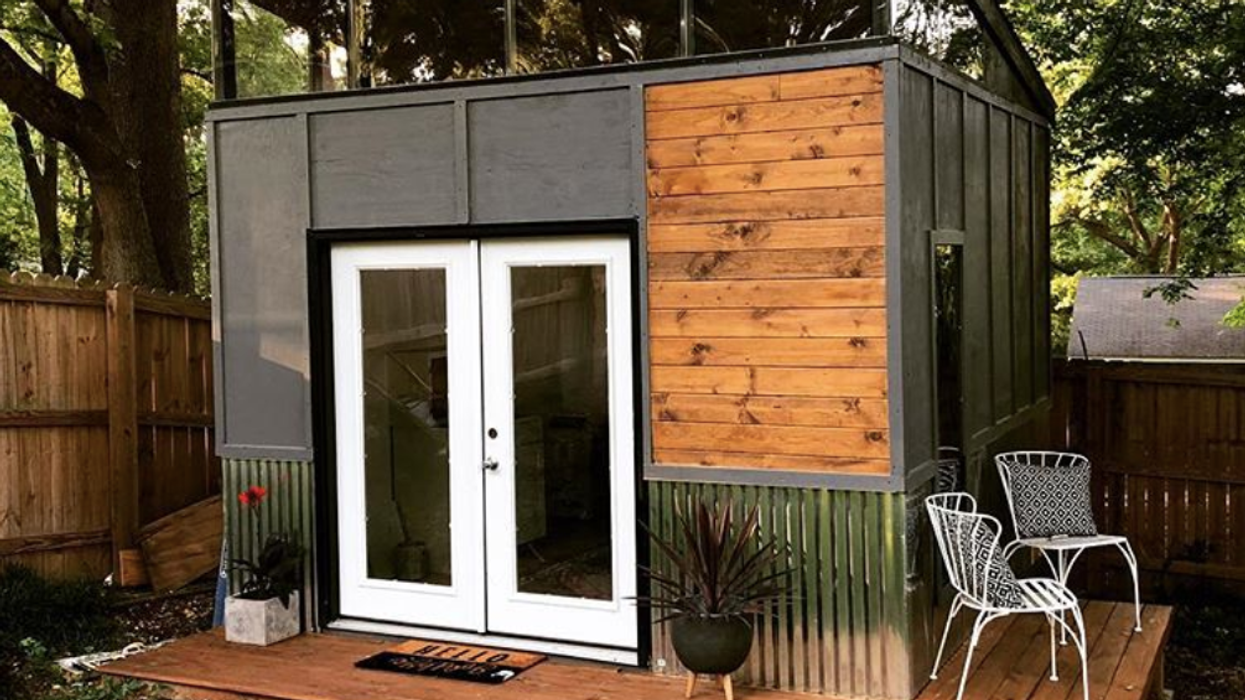
Ahhh ... the man cave. Where a man can escape all the banalities of domestic life, knock back a few with his friends and shoot some pool.
At least, that’s the image most people conjure up when they think of a man cave. But perhaps it isn’t as cut-and-dried as that.
One of the earliest references to the "man cave," dates back to John Gray’s 1992 best-seller Men Are From Mars, Women Are From Venus, where he wrote that a man goes to his cave to do “something to forget his problems, like reading the news or playing a game. By disengaging his mind from the problems of his day, gradually he can relax.”
In the strictest sense, a man cave is a place where a man can go to unwind and do the things he enjoys.
And by that definition, man caves have been around for a very long time. Some of history’s most famous figures had a ‘masculine space’ to retreat from the world.
Mark Twain had a billiards room that occupied the entire top floor of his home in Hartford, Connecticut. And Theodore Roosevelt had his trophy room, which displayed his prized taxidermy collection.
Tristan Bridges, an assistant professor of sociology at the The College at Brockport, SUNY has studied the psychology behind man caves extensively.
Bridges wonders if the decline of segregated masculine spaces outside of the home might be contributing to the popularity of man caves.
As he told Mel.com, "Men used to get away a lot just to be around other men. Workplaces used to look like that. As fewer of those places exist, men have found ways to build them elsewhere."
Bridges’ research has shown that while the popular image of a man cave includes flatscreen TVs, leather couches and pool tables, in actuality, most man caves are a lot less sexy. They’re simply a space for men to immerse themselves in their hobbies, whether it be building model trains or working on a puzzle, what Bridges calls "tinkering dens."
The defining characteristic of a man cave seems to be what it is not, and that is a place for any domestic activities, which were seen as a woman’s domain.
In a world where couples share household duties more equitably than at any time in history, that seems pretty anachronistic. And yet, the man cave endures.
Perhaps the most surprising finding from Bridges’ research is that a man cave is no longer limited to men.
As Bridges explains, "Man caves are spaces in couples' homes that are symbolically understood as 'masculine.' But, I've met more than a few women with spaces they call man caves and boyfriends and husbands who rarely enter. The important point is not that men are in there, but that the spaces are understood as masculine domestic territory.”
If entering a man cave means women are adopting masculine behaviour, so be it.
It seems that no matter who does the dishes, or the laundry, all of us need to escape.





















